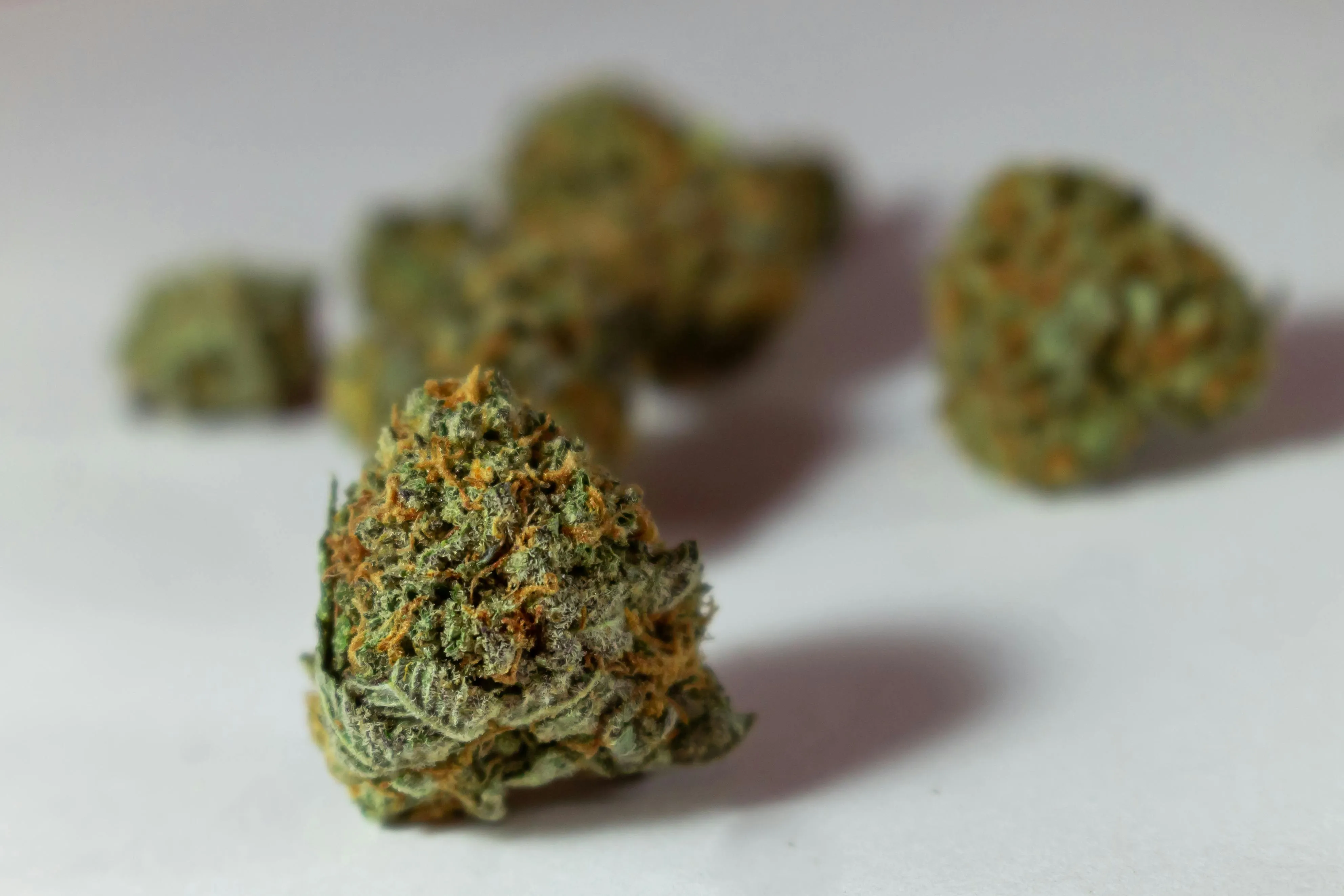Unlocking Your Garden’s Potential: Choosing the Right Seeds for a Bountiful Harvest
Ever dreamt of strolling through your garden, baskets overflowing with juicy tomatoes, vibrant sunflowers towering overhead, and plump peppers begging to be picked? The key to unlocking this horticultural haven lies in a seemingly simple yet crucial step: choosing high-quality seeds.
Think of seeds as tiny capsules of potential. They hold the blueprint for everything from the color of your roses to the sweetness of your strawberries. Selecting the right ones sets the stage for success, ensuring robust plants that thrive and produce abundant harvests.
Decoding Seed Labels: Your First Clue
Seed packets are like mini-encyclopedias for each variety. Don’t be intimidated by all the information! Here’s a quick breakdown:
* Variety Name: This tells you exactly what you’re getting – Roma tomatoes, Mammoth sunflowers, or Bell peppers.
* Days to Maturity: This indicates how long it takes from planting to harvest. Choose varieties that align with your growing season.
* Plant Size/Habit: Do you want compact tomatoes for containers or sprawling vines? Knowing the plant’s mature size helps with planning your garden layout.
* Disease Resistance: Look for labels mentioning resistance to common pests and diseases in your area. This can save you headaches down the line.
* Organic Certification: If organic gardening is important to you, choose seeds labeled “organic” or from reputable seed companies that prioritize sustainable practices.
Beyond the Label: Quality Matters
While labels are helpful, there’s more to seed quality than meets the eye. Here are some additional tips for making smart choices:
* Source: Opt for seeds from reputable suppliers known for high germination rates and quality control. Local nurseries, garden centers, and trusted online retailers are good options.
* Freshness: Seeds have a limited lifespan, so check the “packed for” date. Older seeds may have lower germination rates. Generally, vegetable seeds last 3-5 years, while flower seeds can last longer.
* Appearance: Healthy seeds should be plump and uniform in size. Avoid those that are cracked, discolored, or shriveled.
* Storage: Store seeds in a cool, dry place away from direct sunlight. An airtight container helps preserve their viability.
Taking it Further: Starting Your Own Seeds
For the adventurous gardener, starting seeds indoors offers even greater control.
Here’s why it’s worth considering:
* Extended Growing Season: Start seedlings weeks before the last frost, giving your plants a head start.
* Wider Variety Selection: You can access rare or heirloom varieties not always available as started plants.
* Cost-Effectiveness: Starting seeds yourself is generally cheaper than buying established plants.
Essential Tools for Seed Starting:
* Seed starting mix: This lightweight, sterile mix provides the perfect environment for germination.
* Seed trays or pots: Choose biodegradable options if you plan to transplant directly into the garden later.
* Grow lights: Supplement natural sunlight, especially during winter months, to ensure strong seedling growth.
* Watering can with a fine rose: Gentle watering prevents seed displacement and root damage.
A Final Note: Embrace Experimentation!
Choosing high-quality seeds is a crucial first step, but gardening is ultimately about exploration and discovery. Don’t be afraid to experiment with different varieties, try new techniques, and learn from both successes and setbacks. Your garden will thank you for it!